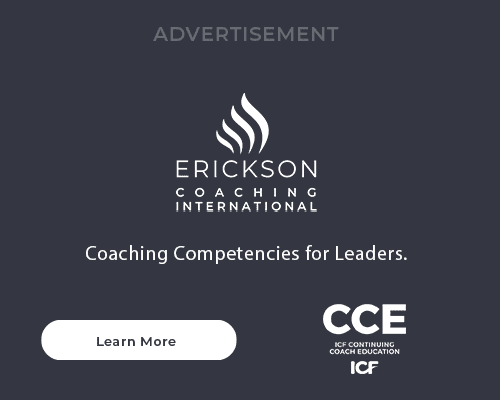Getting Coaching Clients On Board With Media Exposure
Coaching is a limitless topic. From entrepreneurial to HR to the psychological principles behind the practice, there are a variety of angles to choose from when offering yourself as a source to a journalist. Reporters and readers alike, however, resonate more with personal coaching testimonials that can complement the research that will serve as the backbone to a story and demonstrate the power of coaching.
Dig Deep
As a coach, you don’t have to look far for great success stories that will personify the impact of coaching. While many of your clients likely experienced a paradigm shift or upward career trajectory after their coaching journey, it’s important to identify the client testimonials that are extraordinary. This requires looking deeper than a summary statement of your sessions with them.
For example, one coach we spoke with referred us to a client who went through a major career change: Coaching helped her transition from driving the Oscar Mayer Wienermobile after college to carving out her own millennial-inspired job title as a “professional wing woman” who helps entrepreneurs expand their professional network.
Not all testimonials need to be so unusual. Perhaps you worked with a senior vice president who, through coaching, changed the way she interacts with her direct reports. Maybe you are an internal coach who saved hundreds of thousands of dollars for your organization by teaching managers coaching skills to use on their teams. Both of those examples will help bolster your story idea about how adopting a coaching culture can turn your company into a high-performing organization or how coaching can help your company successfully manage change.
Approach The Client
Once you’ve identified the clients who have spectacular stories, it’s time to get their permission. Demonstrate the value to your client. Show examples of past coverage that highlights coaching’s numerous benefits. Reporters and editors might also be able to link back to your client or their organization’s website. Even if that doesn’t happen, positive coverage for you and your client is a win-win for both parties.
However, not all of your clients, will want to their story with the media. Some might not want it made public that they sought out coaching to better themselves. Others may simply be busy with other priorities or get nervous at the idea of a media interview.
For hesitant clients, it may be reassuring to share that some reporters are open to granting a certain level of anonymity, especially since career and workplace articles don’t fall under the category of hard news. But ultimately, a client has a right to their privacy regarding their coaching experience. So, if they say no, respect that and look for another option.
Make the Pitch
Once you have a few clients who are open to speaking with the media, it’s time to distill their testimonials down into a pitch that will cut through the clutter of the reporter’s inbox. A helpful process is to jot down everything about how your client used coaching to better themselves. Then take away the extraneous details that, while beneficial, can be saved for a follow-up with the reporter.
Whittling away at your client’s story will help form the “elevator pitch” or big picture summary you can use to offer a reporter a personal story—backed up by empirical evidence—about the impact of coaching.
The Power of a Testimonial
As an ICF coach, you have excellent research at your fingertips that makes the case for coaching cultures in organizations and explores how employees of all levels can benefit from partnering with a coach. The research is compiled from numerous respondents of all industries contributing their testimonials to the power of this modality.
As powerful as that research is, it’s important to not bog down a reporter with too many numbers. Instead, illustrate the power of coaching through moving and intriguing success stories from your past clients who have signed off on speaking with the media, and use just a few of the most pertinent proof points from the research to back it up.
As always, remember to identify the right media contacts and tailor your introduction to reporters’ specific interests. Don’t forget to consider niche media and industry publications, which are often read by your target audience, including potential clients.



